The color screen negative oxygen ion monitoring station is a high-tech device specially designed for air quality monitoring in scenic spots. It integrates advanced sensor technology, data processing technology and color display technology, and is capable of real-time monitoring and displaying the concentration of negative oxygen ions in the air of scenic spots as well as other related meteorological parameters. This kind of monitoring station not only has the monitoring capabilities of high precision and high stability, but also can display the monitoring results in an intuitive and understandable way, providing real-time and accurate air quality information for scenic area managers and tourists.
The working principle of the WX-FZ5 color screen negative oxygen ion monitoring station is based on advanced electrochemical sensor technology and microprocessor control technology. The sensor can sense the concentration of negative oxygen ions in the air in real time and convert it into an electrical signal for transmission. The microprocessor is responsible for receiving these signals and processing, calculating and storing them. Ultimately, the processed data is displayed on a color screen in the form of numbers, charts, etc., for users to view and analyze.
The color screen negative oxygen ion monitoring station has multiple technical advantages. Firstly, it adopts high-precision electrochemical sensors, which can precisely measure the concentration of negative oxygen ions in the air. Secondly, the monitoring station has a powerful data processing capability, capable of conducting real-time analysis, calculation and storage of monitoring data, providing scientific and accurate decision-making basis for scenic area managers. In addition, the application of color display screen technology makes the monitoring results more intuitive and understandable, facilitating tourists and the public to understand the air quality conditions in scenic spots.
The application of color screen negative oxygen ion monitoring stations in scenic spots is very extensive. Firstly, it can provide real-time and accurate air quality information for scenic area managers, helping them promptly understand the air quality status of the scenic area and formulate scientific environmental protection measures and emergency plans. Secondly, the monitoring stations can also provide air quality inquiry services for tourists, helping them choose appropriate visiting times and routes and avoid entering scenic spots when the air quality is poor. In addition, the color screen negative oxygen ion monitoring station can also serve as one of the highlights of the scenic area's promotion, attracting more tourists to visit and experience it.
In practical applications, color screen negative oxygen ion monitoring stations are usually installed at key locations in scenic spots, such as entrances, viewing platforms, and rest areas. These locations not only fully demonstrate the functions and advantages of the monitoring stations, but also facilitate tourists and the public to check air quality information at any time. Meanwhile, the data from the monitoring station can also be connected and shared with other information systems in the scenic area, achieving interconnection and comprehensive analysis of the data.
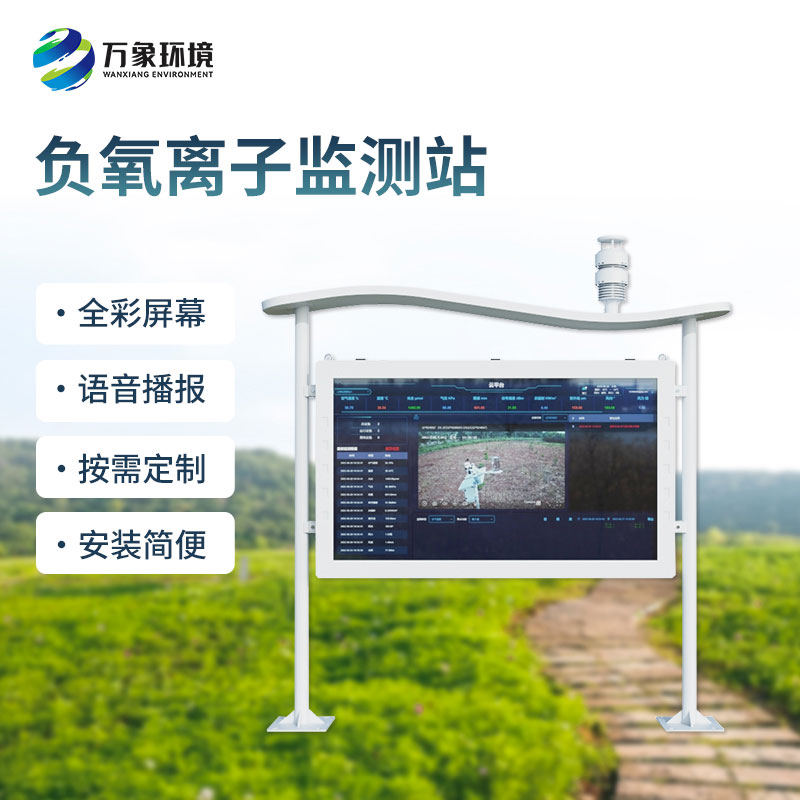
Article address:
http://m.joy619.cn/en/newcen/1443.html


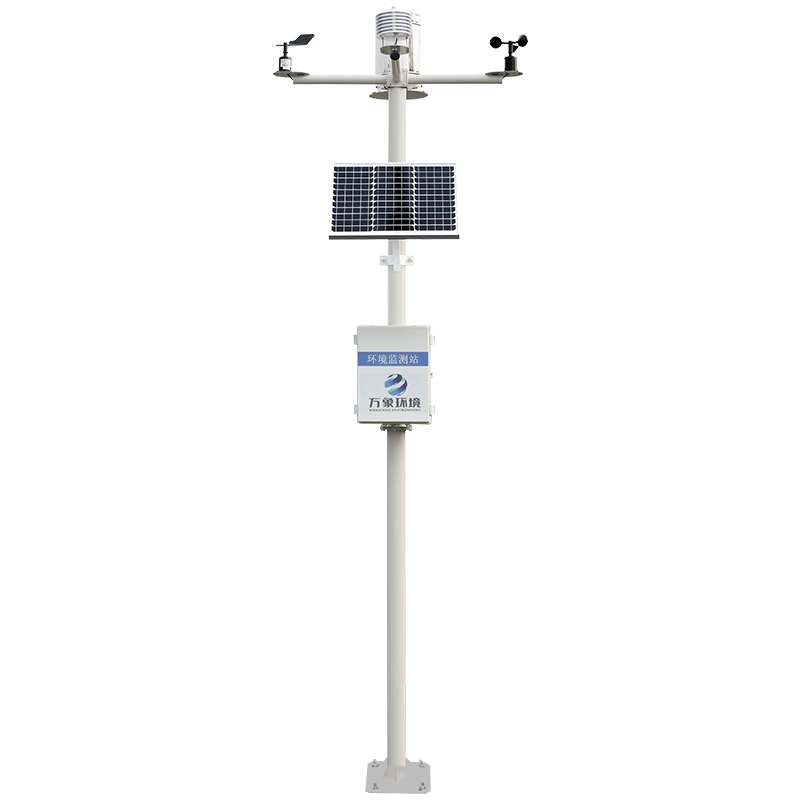
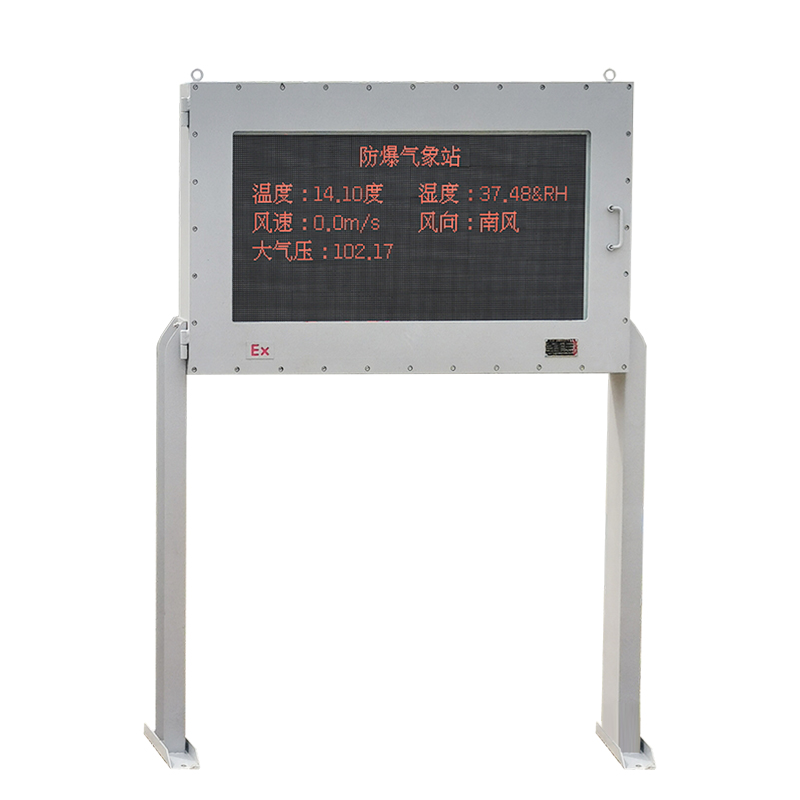
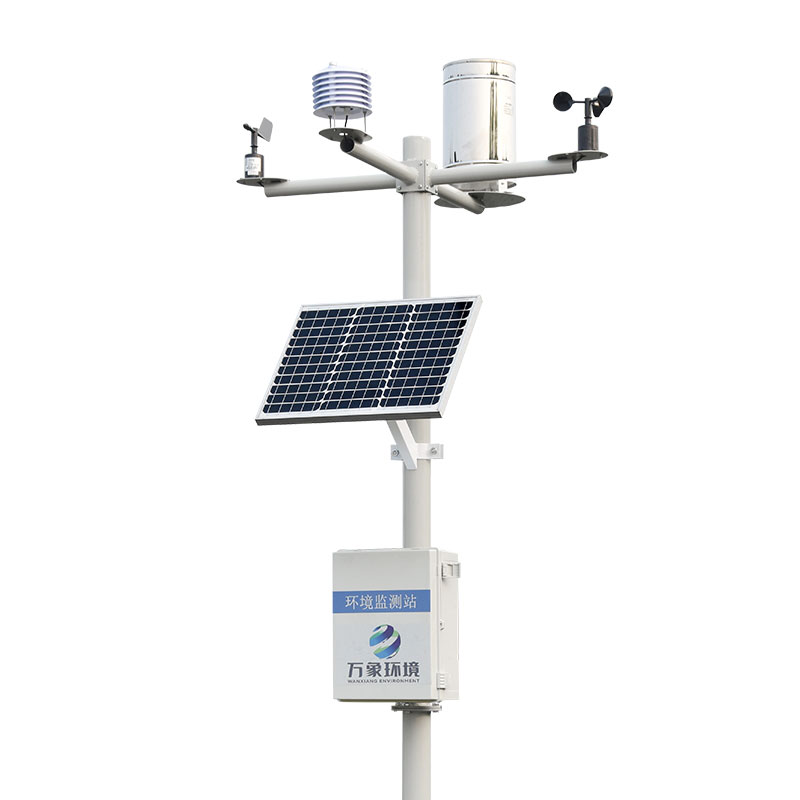
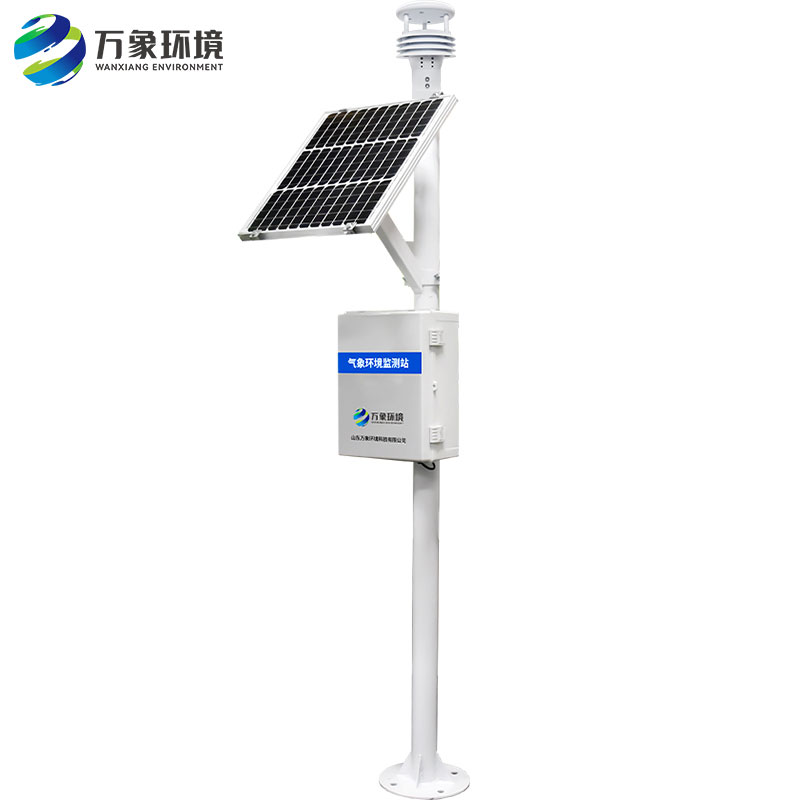
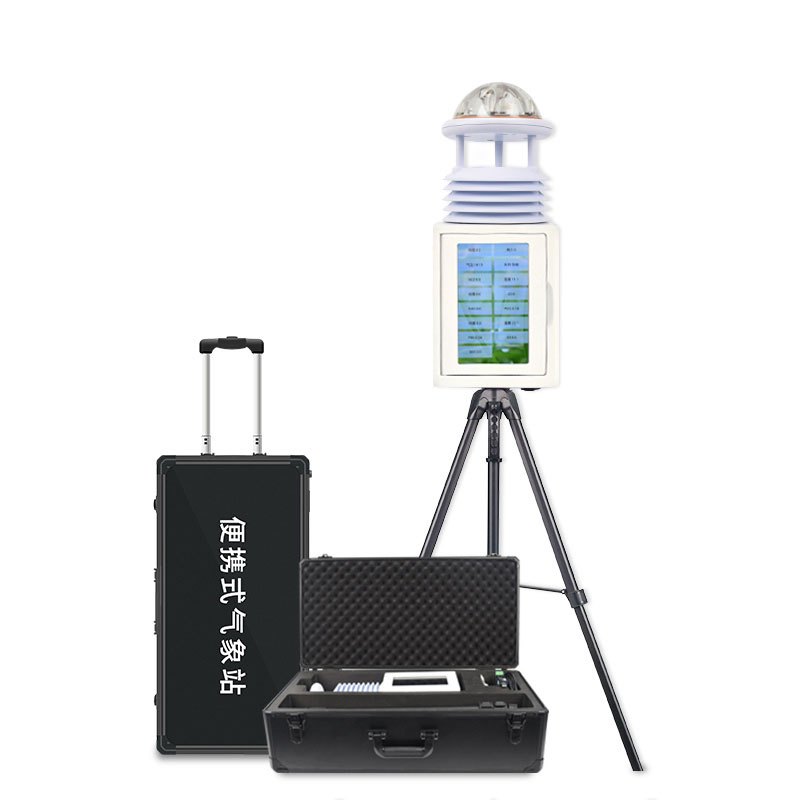






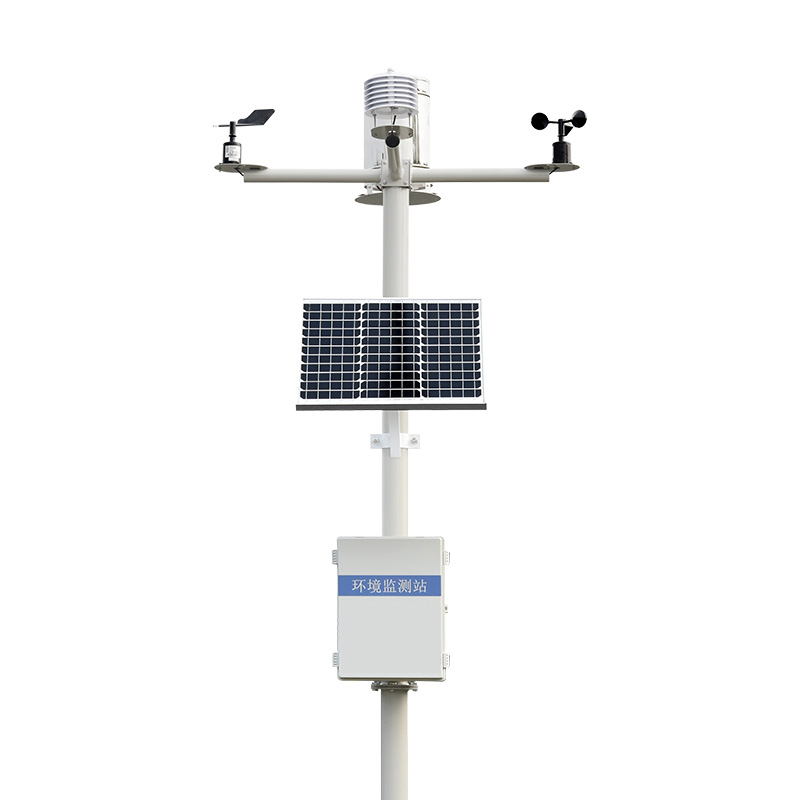
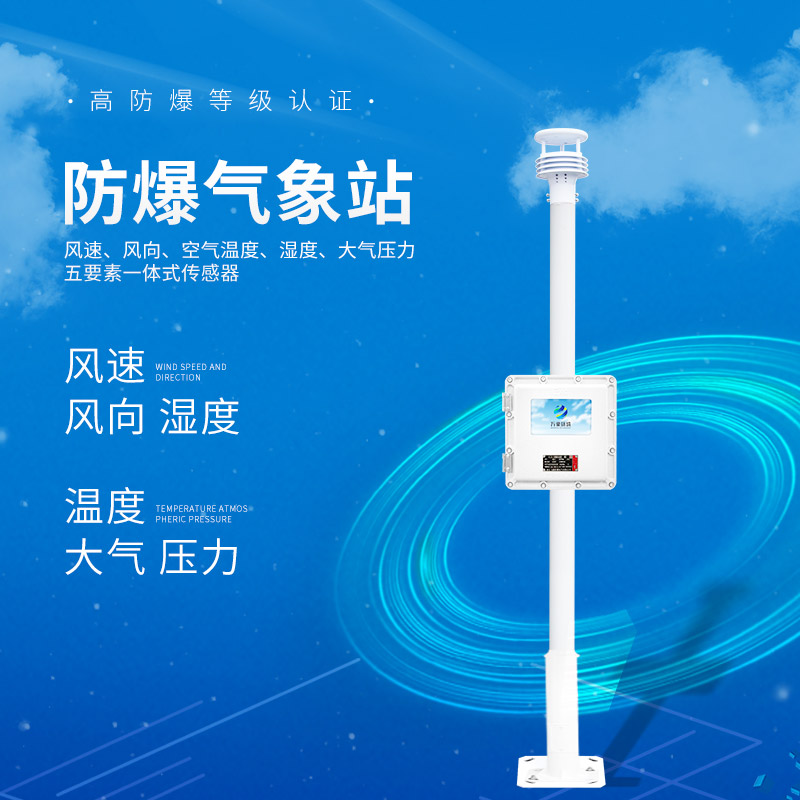
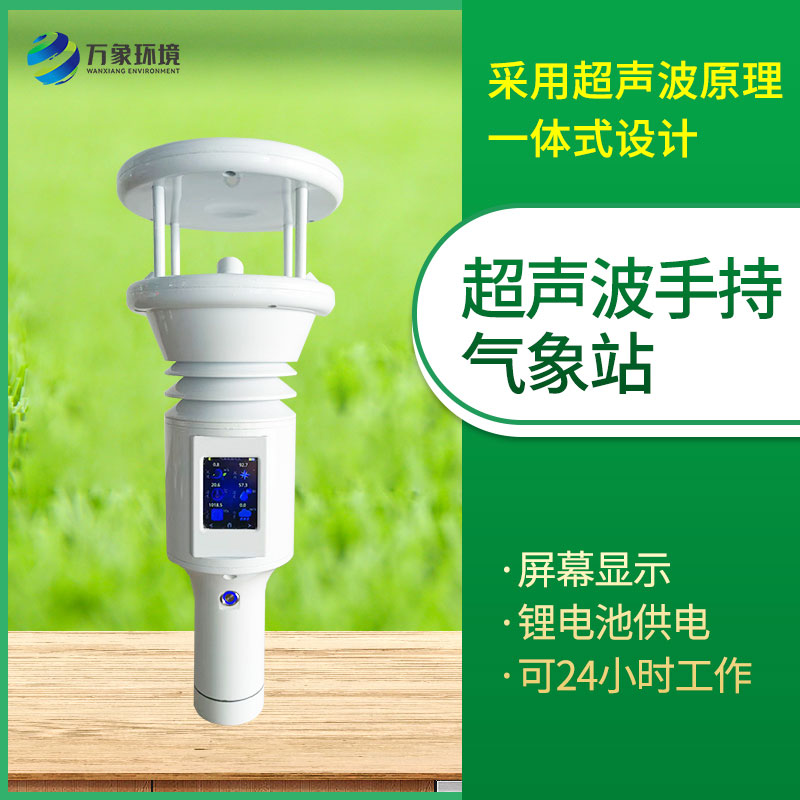


 Home
Home phone
phone Product Overview
Product Overview Contact Us
Contact Us